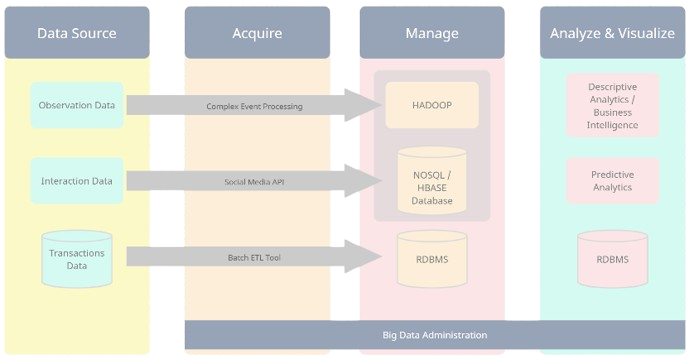Building a Data-Driven Enterprise Architecture
Introduction
In today’s data-driven world, organizations are increasingly relying on data to make informed decisions and gain a competitive advantage. To effectively leverage data, organizations need a robust and scalable data architecture that supports their business needs. Enterprise Architects (EAs) play a crucial role in designing and implementing this data architecture.
The Importance of a Data-Driven Enterprise Architecture
A data-driven enterprise architecture is essential for several reasons:
- Improved Decision Making: By providing access to high-quality data, a data-driven architecture enables organizations to make more informed decisions across all levels of the organization.
- Increased Agility: A well-designed data architecture can help organizations respond quickly to changing market conditions and customer demands.
- Enhanced Innovation: By providing a foundation for data-driven innovation, a data-driven architecture can help organizations develop new products and services.
- Competitive Advantage: Organizations that can effectively leverage data can gain a significant competitive advantage over their rivals.
Key Principles of a Data-Driven Enterprise Architecture
- Data as a Strategic Asset: Data should be treated as a valuable asset, similar to other organizational assets such as financial capital and human capital.
- Data Governance: A robust data governance framework is essential to ensure the quality, security, and integrity of data.
- Data Integration: Data should be integrated across the organization to provide a single source of truth.
- Data Security: Data must be protected from unauthorized access and cyber threats.
- Data Quality: Data quality is critical for making accurate and reliable decisions
Building a Data-Driven Enterprise Architecture
Building a data-driven enterprise architecture involves several steps:
- Define Data Strategy: Develop a clear data strategy that aligns with the organization’s business goals.
- Assess Current State: Evaluate the organization’s current data landscape, including data sources, data quality, and data usage.
- Design Target Architecture: Design a target data architecture that supports the organization’s data needs.
- Implement and Govern: Implement the target architecture and establish ongoing governance processes to ensure data quality and compliance.

Conclusion
Building a data-driven enterprise architecture is a complex but essential undertaking. By following these principles and best practices, organizations can create a foundation for data-driven decision making, innovation, and success.
